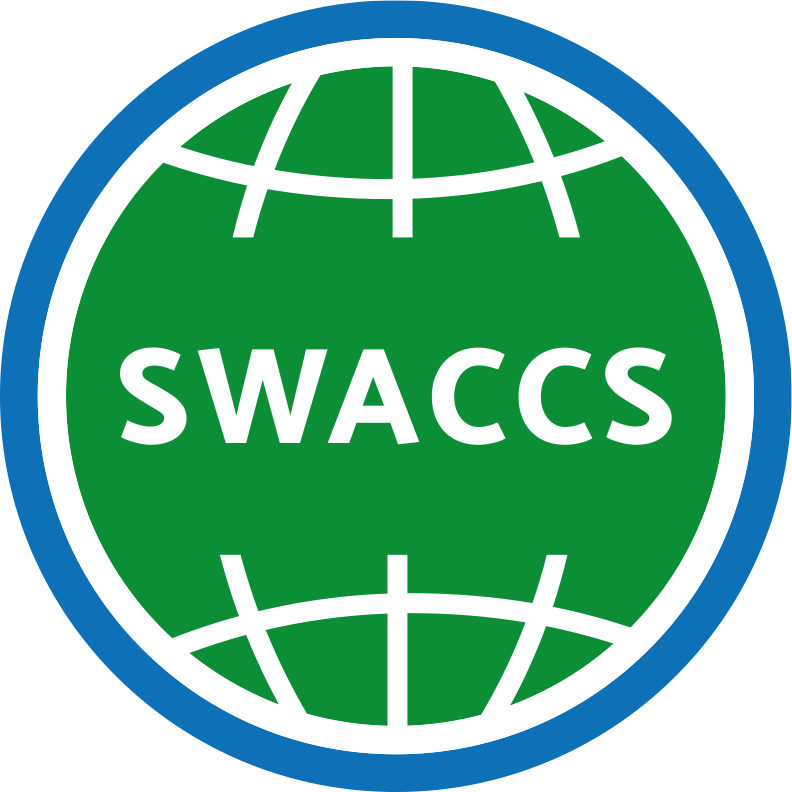SWACCS Seminar Series -January
ERC consolidator Grant- principal investigators 2023
Day: Wednesday, 17th January 2024
Time: 14:00- 15:00
Format: Zoom Meeting
https://liu-se.zoom.us/j/69301343492?pwd=YTNxazFvb1VHazRUM1A2RWhOdWtvZz09
Meeting ID: 693 0134 3492
Passcode: 457489
Speaker: Pauliina Damdimopoulou, Assoc. Prof., Division of Obstetrics and Gynecology, Department of Clinical Science, Intervention and Technology | Karolinska Institutet.
In vitro models for female reproductive toxicity.
Exposure to environmental chemicals is associated with reduced fertility in women. Many knowledge gaps remain regarding the effects of chemicals on key reproductive organs in women, and the current testing paradigms have been criticized. The state of the art in female reproductive toxicity testing is rat assays, where the impacts of chemicals on estrus cyclicity, ovarian histology, and pup counts are assessed. These assays are time-consuming and expensive, and therefore, they are only applied to high production volume chemicals. Furthermore, the relevance of the measured endpoints to women has been questioned, and there's also an ambition to phase out animal experimentation in the EU. In this talk, I will discuss how human ovarian tissue and stem cell-based embryo models could be applied to chemical safety testing in the future.
Speaker: Anneli Kruve, Assoc. Prof., Department of Materials and Environmental Chemistry, Stockholm University.
Prioritizing and elucidating the structure of toxic chemicals in complex mixtures based on complementary empirical analytical information from LC/HRMS.
Unequivocal structural elucidation of chemicals causing adverse effects in environmental samples is highly challenging due to the vast complexity of the samples, lack of reference spectra (or even structures) of anthropogenic contaminants, as well as a wide range of contamination sources and transformation pathways. As a result, ~98% of the detected features detected with nontarget high-resolution mass spectrometry (HRMS) remain unidentified. To reduce the complexity, we suggest that it is possible to predict the (toxic) activity of chemicals detected with HRMS from their MS spectra for prioritization. We show that acute toxicity (LC for fish, water flea, and algae) and bioassay endpoints associated with endocrine disruption can be predicted with high accuracy (RMSE 0.8 log-mM and FPR of 20% at recall 90%, respectively). Even more so, for some endpoints, such as androgen receptor activation, the MS spectra prove more informative than the chemical structures and yield improved prediction accuracy. This indicates that mass spectra are highly information-rich for assessing chemical activity and such predictions will enable prioritizing chemicals of concern.
